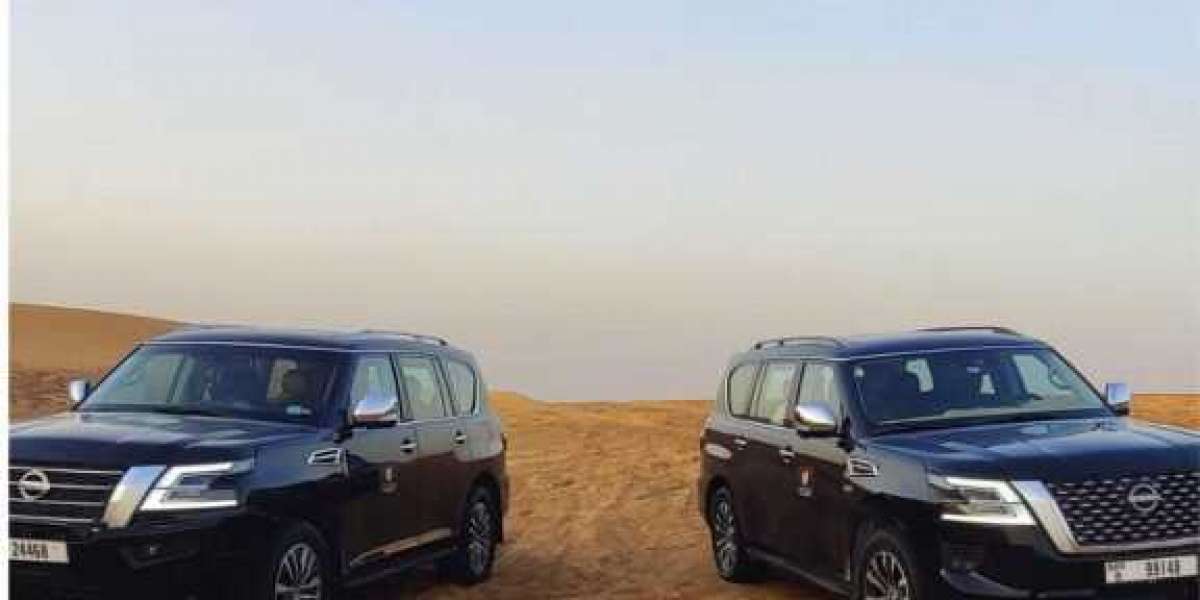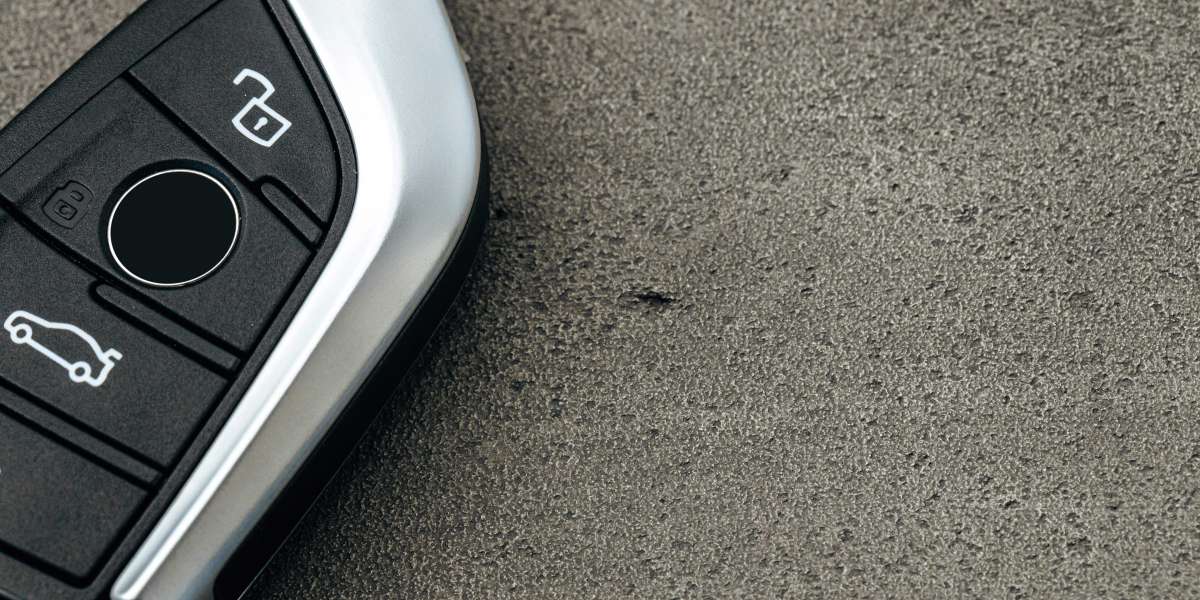Dubai often makes headlines for its futuristic skyscrapers, world-class shopping malls, and record-breaking attractions. But beyond the glitz and glamour lies a side of the city that many first-time visitors overlook. Hidden alleys, traditional markets, artistic neighborhoods, and natural wonders quietly weave together the city’s authentic identity. For travelers willing to step away from the typical itinerary, Dubai offers countless gems that make a visit far more enriching than the glossy brochures suggest.
This journey takes you through those lesser-known corners of Dubai, where culture, history, and local charm shine brightest.
The Soul of Old Dubai: Al Fahidi Historical District
Before Dubai became a modern metropolis, it was a modest trading town. The Al Fahidi Historical District, also known as Bastakiya, captures that earlier spirit. Its narrow lanes, wind-tower architecture, and sand-colored buildings transport you back to the late 19th century. Wandering through its passageways feels like walking inside a living museum.
Art galleries, cultural exhibits, and cozy cafés dot the neighborhood. The Coffee Museum is a must-visit, offering a fascinating look at how coffee has shaped cultures across the world. This district is also home to the Sheikh Mohammed Centre for Cultural Understanding, where you can join guided tours and traditional meals hosted by locals. These moments of connection open a window into Emirati traditions often missed in mainstream itineraries.
A Sensory Feast at the Traditional Souks
Dubai’s shopping culture isn’t limited to luxury malls. Head to Deira’s souks, and you’ll find a world of treasures waiting to be discovered. The Gold Souk dazzles with its endless rows of glittering jewelry, while the Spice Souk tempts you with the aromas of saffron, cinnamon, and frankincense.
Negotiating with shopkeepers is part of the experience, but even if you don’t buy, strolling through the markets immerses you in the rhythms of daily life. The textile souk in Bur Dubai is another highlight, brimming with colorful fabrics, pashminas, and traditional garments. These markets reveal Dubai’s deep roots as a trading hub where cultures have intertwined for centuries.
Art and Creativity in Alserkal Avenue
Dubai’s modern art scene flourishes at Alserkal Avenue, an industrial area transformed into a hub for galleries, studios, and creative spaces. This is where you’ll find contemporary works by both regional and international artists, along with pop-up events, independent film screenings, and community workshops.
Unlike the city’s more polished tourist sites, Alserkal Avenue has an edgy and experimental vibe. It’s the perfect place to spend an afternoon if you want to see Dubai’s progressive cultural side. For travelers who love to experience the heartbeat of a city beyond its landmarks, this neighborhood is unmissable.
A Green Escape: The Miracle Garden
It may be surprising to find a lush floral paradise in the middle of the desert, but Dubai never ceases to defy expectations. The Dubai Miracle Garden is the world’s largest natural flower garden, with more than 150 million blooming flowers arranged in stunning designs. From heart-shaped arches to life-sized floral castles and even an Emirates A380 plane made of blossoms, the garden is a feast for the eyes.
This seasonal attraction (open from November to April) provides a refreshing contrast to Dubai’s urban landscapes. It’s an ideal spot for families, photographers, or anyone seeking a tranquil afternoon surrounded by vibrant colors and fragrances.
Culinary Adventures Beyond the Usual
While fine dining dominates many travelers’ plans, some of the city’s best meals are found in small, family-run restaurants tucked into neighborhoods like Karama, Satwa, and Deira. These districts are melting pots of cuisines from India, Pakistan, Lebanon, Iran, and the Philippines.
You can savor authentic biryani at a humble eatery, enjoy shawarma from a street-side stall, or try Iranian kebabs served with saffron rice. Joining a food tour is one of the best ways to navigate these culinary hotspots. Guides often combine tastings with cultural storytelling, making each bite even more memorable.
The Calm of the Desert
Just beyond the city’s skyline lies the vast Arabian desert, where endless dunes stretch toward the horizon. While many tourists know of the popular excursions, experiencing the desert in a slower, more mindful way is what sets a true traveler’s journey apart.
Morning dune walks, stargazing trips, and conservation safaris inside the Dubai Desert Conservation Reserve reveal the desert’s fragile ecosystem. You may spot Arabian oryx, gazelles, and desert foxes in their natural habitat. Camel rides, falconry displays, and Bedouin-style camps add layers of tradition and history to the landscape.
And of course, no journey would be complete without the adventure of a Desert safari Dubai, where adrenaline meets culture in the rolling dunes. Whether you’re drawn to dune bashing, sandboarding, or simply watching the sunset over golden sands, the desert remains one of Dubai’s most powerful hidden treasures.
The Quiet Charm of Hatta
If you’re up for a short road trip, head to Hatta, a mountainous enclave of Dubai near the Oman border. This rugged area offers a refreshing break from the city with its cool climate, freshwater springs, and dramatic mountain views. The Hatta Dam, surrounded by turquoise waters and jagged peaks, is perfect for kayaking or paddleboarding.
Adventure seekers can hike mountain trails, cycle along challenging routes, or explore the restored Hatta Heritage Village, which showcases traditional stone houses and watchtowers. The combination of nature and culture makes Hatta a destination that feels worlds away from Dubai’s modern pace.
Hidden Beaches and Seaside Escapes
Dubai is known for its luxury resorts, but some quieter beaches offer a more relaxed atmosphere. Black Palace Beach, located between Burj Al Arab and Palm Jumeirah, is a favorite among locals for its calm waters and breathtaking sunset views. Unlike the more commercialized beaches, it has no facilities, which is part of its charm.
Another option is Al Sufouh Beach, often called “Secret Beach,” where you can enjoy a peaceful swim while taking in postcard-worthy views of the Burj Al Arab. For those willing to venture farther, Kite Beach offers a balance of activity and relaxation, with food trucks, jogging tracks, and paddleboard rentals.
Practical Tips for Exploring Hidden Gems
Use Public Transport: Dubai’s metro and water taxis are affordable and efficient, often connecting you to areas less frequented by tourists.
Go Off-Peak: Visit popular attractions during early mornings or weekdays to avoid crowds and appreciate the ambiance.
Dress Comfortably but Respectfully: Especially in older districts and cultural sites.
Seek Local Guidance: Joining cultural tours or hiring local guides enhances the depth of your experience.
Conclusion: Beyond the Skyline
Dubai’s reputation as a global hub of innovation and luxury is well deserved, but the city’s hidden gems tell a richer, more personal story. From the winding alleys of Al Fahidi to the artistic energy of Alserkal Avenue, from the fragrant souks to the star-filled desert nights, Dubai reveals layers of history, culture, and natural beauty that reward those who explore beyond the obvious.
For travelers seeking authenticity, these discoveries make Dubai not just a destination to visit, but one to experience deeply.








